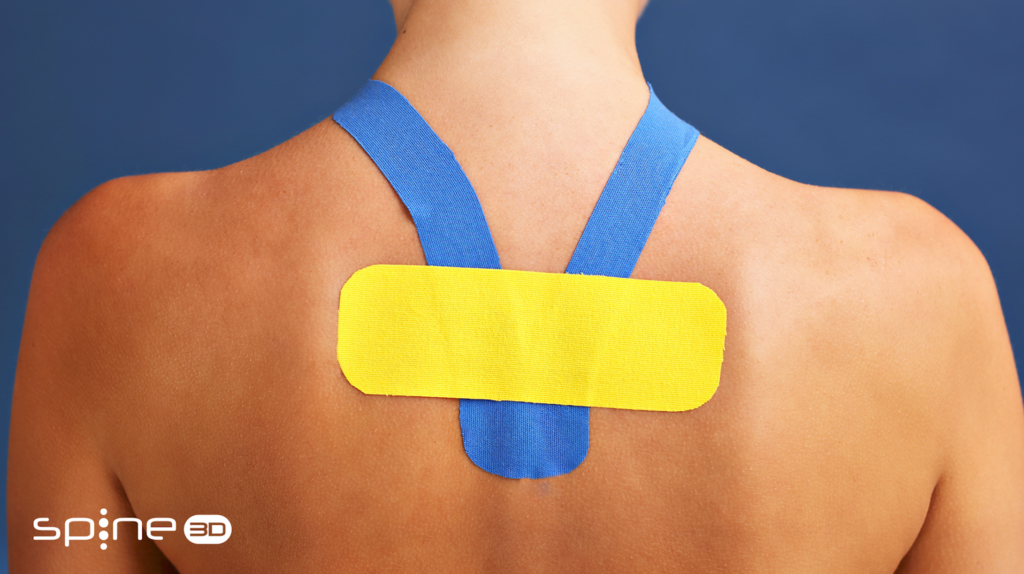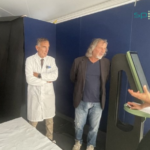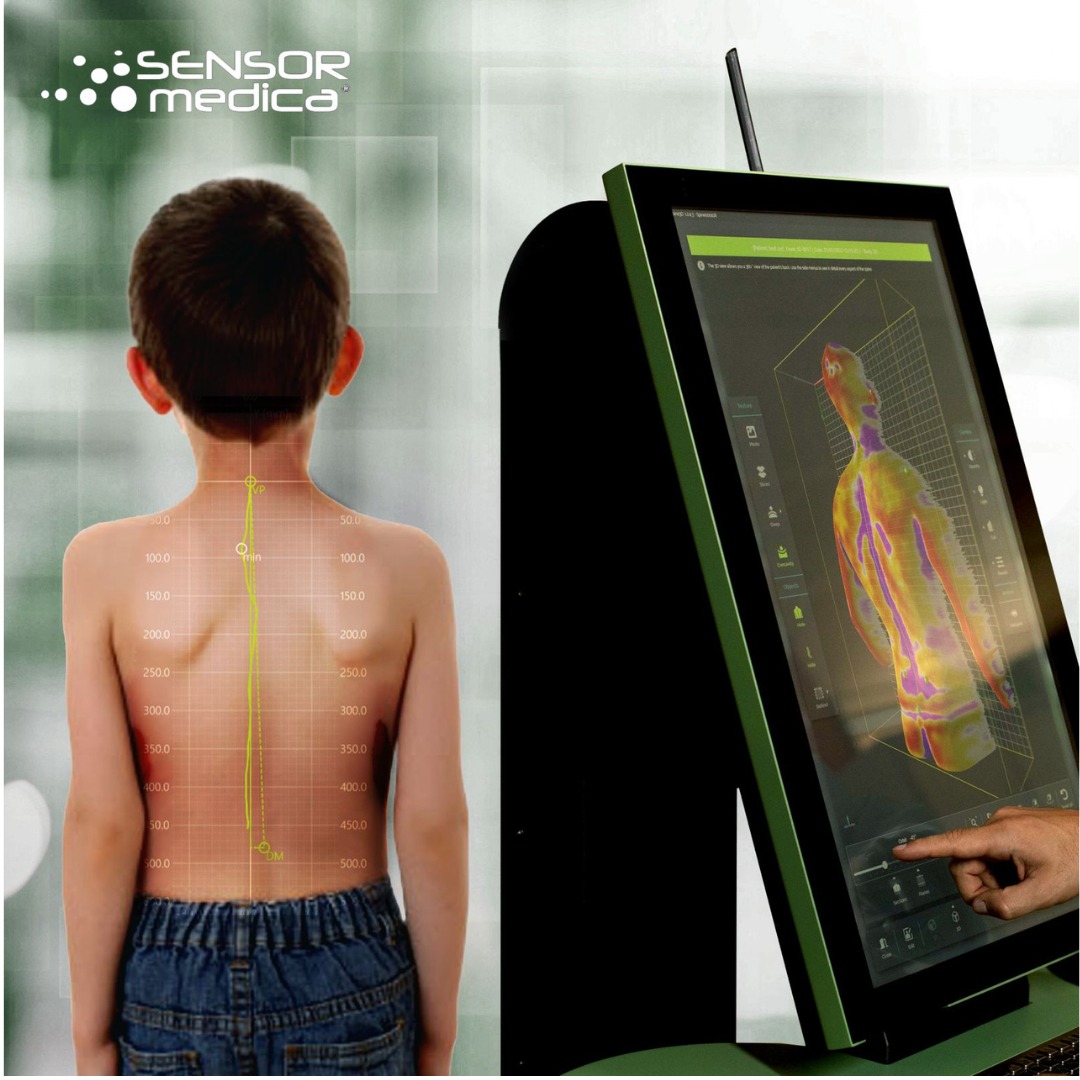
Pain in the upper and middle back
- admin
- October 4, 2023
- Causes
- Pain, Spine3d, Upper Back
- 0 Comments
Very often we find ourselves ‘enduring’ pain that we should instead be analysing together with a specialist. Pain in the upper and middle back is very common. Let’s try to understand what it depends on and what we can do to alleviate it.
The thoracic spine is the longest section of the spinal column, with twelve thoracic vertebrae. It is the section responsible for the mobility of the torso and is therefore highly stressed. Among other things, it is the most flexible part of the spine and includes seven cervical vertebrae. Each vertebra is separated by intervertebral discs with a high water content, which cushion the pressure between the parts.
Causes of upper (and middle) back pain
Usually, pain in the upper and middle back is caused by muscle tension, tension that develops in the thoracic (and often cervical) spine and adjacent areas. A tension that we can very easily associate with a sedentary lifestyle, with those who spend many hours sitting at a desk for work, usually working at a computer.
The neck and upper back become stiff and the muscles in the area remain permanently tense. Tension that also increases the pressure on the neck and chest muscles. Staticity is not good for our body and without the proper exercises these forced positions only fuel pain.

Every process in our body (even chemical reactions) takes place through movement. Cells must contract to speed up metabolic reactions, organs such as the heart, lungs or stomach need movement to function. Some of the pains we feel most frequently depend precisely on this ‘lack of movement’. Precisely for this reason, one of the most frequent pieces of advice is to ‘break up’ long work sessions with short walks, to restore balance to our organism.
After all, even those who sit with a perfect posture (but there are only a few of us) could have the same problems in the long run, because prolonged immobility is still harmful and creates muscular rigidity, with a consequent reduction in blood circulation and a sharpening of pain.
The result is that the intercostal muscles contract, reducing the size of the ribcage, which increases pressure on the joints, intervertebral discs, diaphragm and sternum. This is followed by pain in the upper and middle back, with the added difficulty of movement accentuated.

In some cases, this type of pain can appear in isolated form in the thoracic or cervical spine, but can also spread to adjacent areas (shoulders, arms, head). One should never neglect any type of pain because in the long run this disorder can easily be associated with sensory disturbances, as well as reduced mobility of the affected parts of the spine.
What are the symptoms that can be related to this pain?
Here are some of the symptoms that can appear together with pain in the upper and middle back: a burning sensation between the shoulder blades, a burning or pulling sensation in the neck (cervical neuralgia), pain radiating up to the head (tension headache or migraine), dizziness or visual disturbances, sleep disturbances, disturbances in sensory perception (tingling and tingling or numbness in the arms), breathlessness or pain when breathing.
Our advice is always the same: in the presence of pain, consult a specialist and rely on his or her experience.






